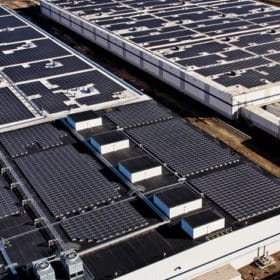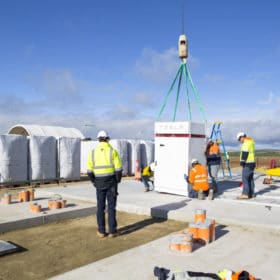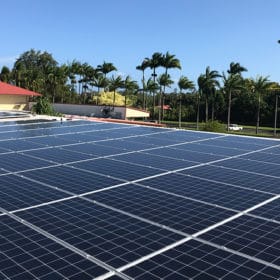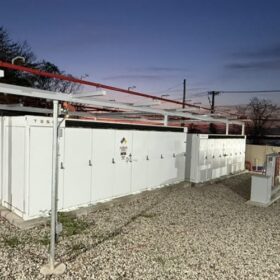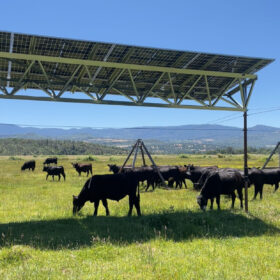Morning Brief: 5 experts predict the future of renewable energy, PG&E has procured more than 1 GW of storage
Also in the brief: Amazon has announced its first solar energy facility in China, the Borough of Chambersburg, Pennsylvania and Sun Tribe have agreed to a PPA, Michael Moore has given climate deniers a platform and more.
Chinese PV Industry Brief: 3.95 GW of new PV in Q1, new 500 W-plus modules, a panel with 23.2% efficiency
China’s cumulative installed PV capacity topped 208 GW at the end of March, thanks to 3.95 GW of new projects completed in the first quarter. JinkoSolar and Longi both joined the 500 W-plus module race, with their new panels offering 580 W and 530 W of output, respectively. Ginlong, meanwhile, has revealed plans to raise funds to increase its annual inverter production capacity to 20 GW, and Xi’An Solar has claimed a 23.2% efficiency rate for its N-type TOPCon modules in mass production.
Morning Brief: the North Carolina solar industry has weathered Covid well, Vistra announces battery expansion
Also in the brief: Consumers Energy is providing 100,000 Google Nest thermostats to Michigan households, Tesla has quietly made Model 3 ready for bidirectional charging, SolSmart adds new partners.
Hornsdale and its big Tesla battery exceed expectations as storage revenue surges
The surge in storage revenue due to specific grid conditions in Australia was one of the main factors behind a 61% year-on-year increase in revenues that Neoen saw in the first quarter of the year.
The future of cars is electric – but how soon is this future?
According to a new report by Bloomberg New Energy Finance, 58% of global passenger vehicle sales in 2040 will come from electric vehicles, yet they will make up less than 33% of all cars on the road.
Sunny places could see average solar prices of $0.01 or $0.02 per kilowatt-hour within 15 years
New research models that the price of solar will continue to drop faster than previous predictions. This would mean that building new solar would be routinely cheaper than operating already-built fossil fuel plants, even in today’s world of ultra-cheap natural gas.
Morning Brief: Trump administration slaps retroactive rent bills on solar, wind on federal lands
Also in the brief: Lightyear gets a key supplier, a nine-project network in New York, the 25th National Solar Tour of Homes and more.
New Columbia Solar closes the biggest-ever tax equity deal for D.C.-based solar
$40 million is coming down the pipeline via an agreement between New Columbia Solar and Franklin Park Infrastructure. The money will not only help New Columbia to expand its team, but also bring 30 MW of distributed solar to the area with the nation’s most aggressive renewable energy standard.
Historic Hawaiian tender will increase state’s solar capacity 50%
16 project winners totaling 460 MW in capacity have been chosen by Hawaiian Electric Company to fill its most ambitious renewable procurement yet. The move will bring jobs to one of the areas hardest-hit by virus-related unemployment.
Morning Brief: Secret Air Force space plane to beam solar power to Earth, Tesla’s ‘million-mile’ battery
Also in the brief: DOE kicks off $230 million advanced reactor demonstration program, and the global coal industry will never recover from the Covid-19 pandemic.
